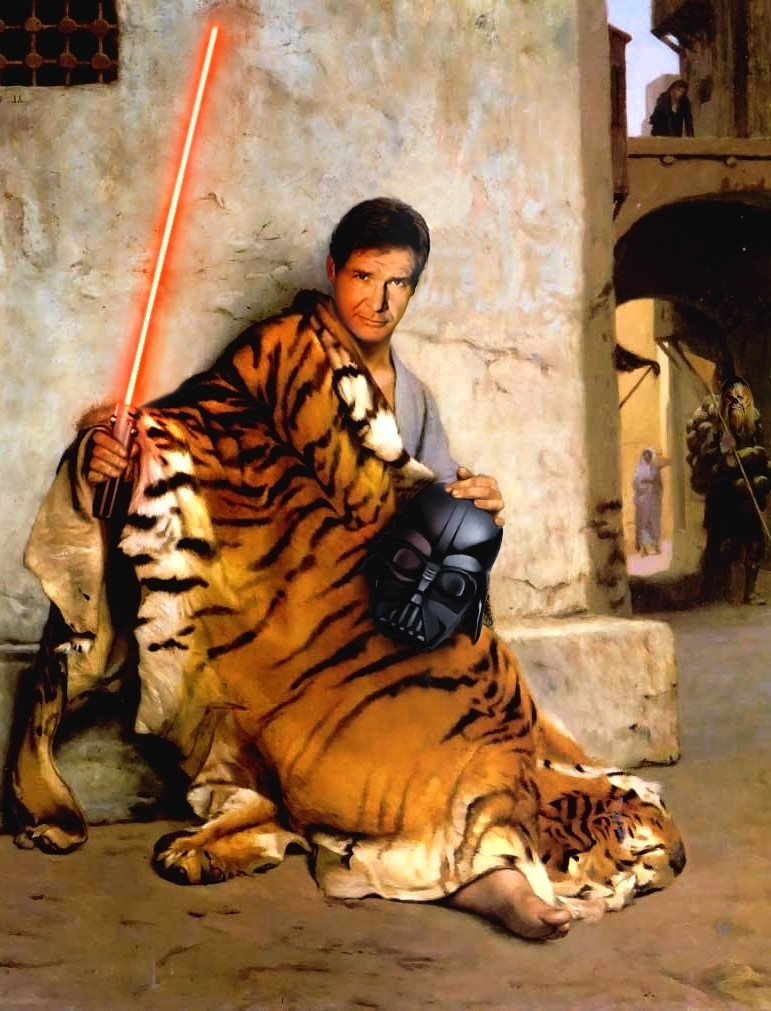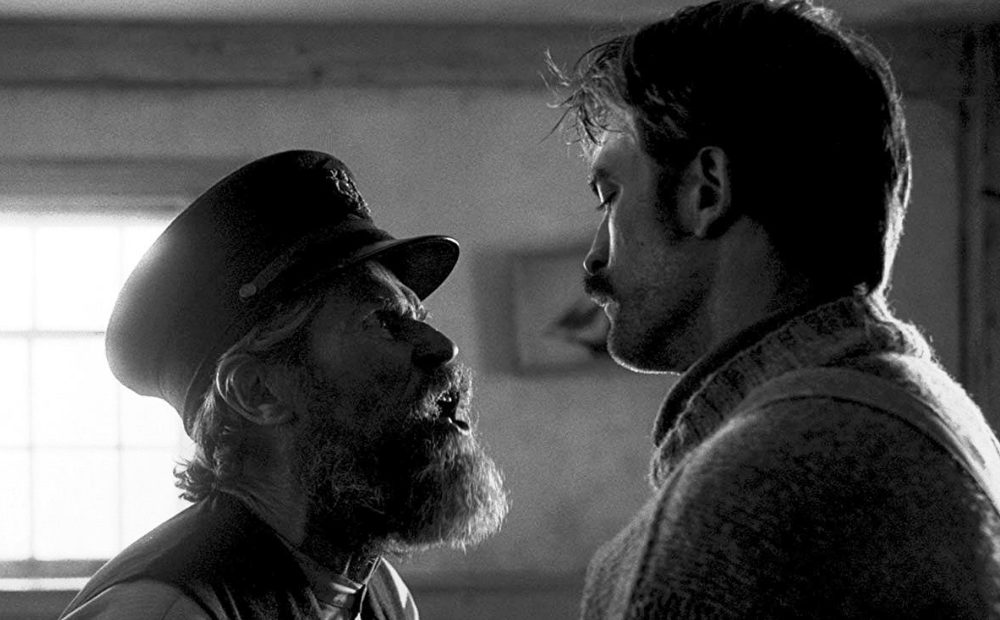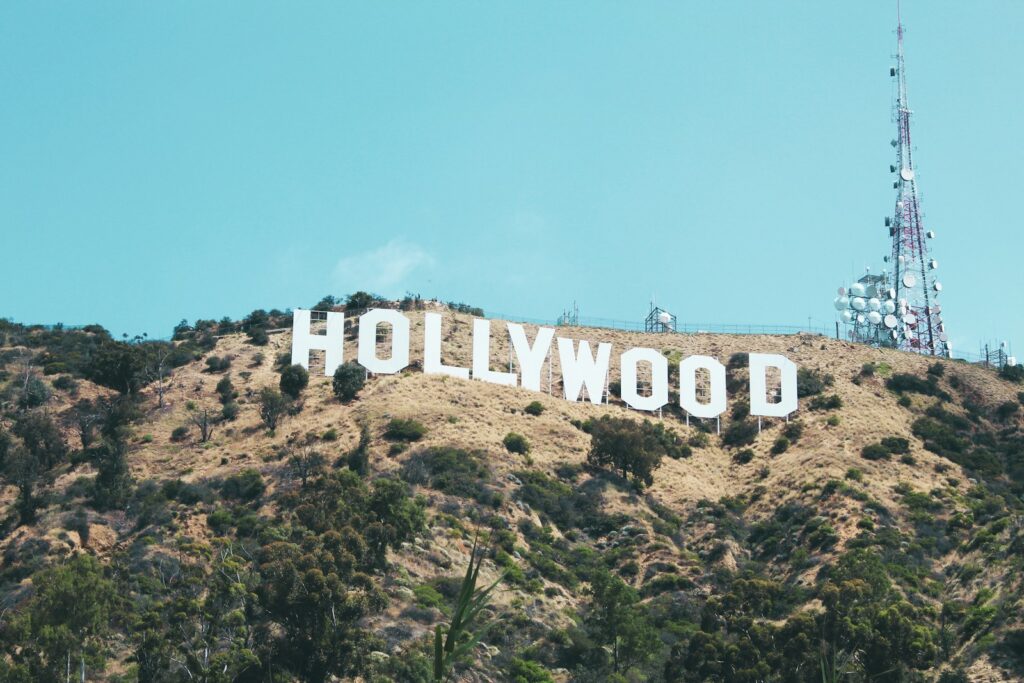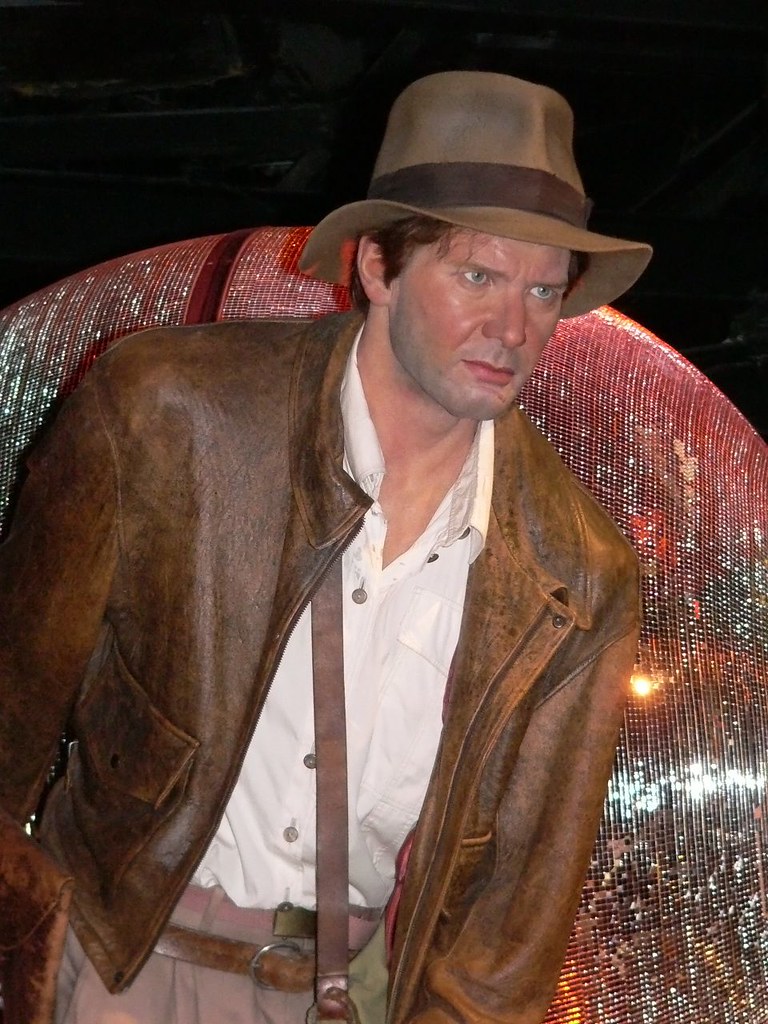
Harrison Ford. The name alone conjures images of daring escapes, iconic fedoras, and wry, unforgettable quips delivered with a signature blend of gravitas and charm. For decades, he has been an undeniable cultural icon, gracing the screen in roles that have indelibly shaped cinematic history – from the roguish Han Solo to the adventurous Indiana Jones, the enigmatic Rick Deckard, and the steadfast Jack Ryan. His filmography reads like a highlight reel of blockbusters, earning him a place among the highest-grossing actors in the world.
But beneath the blockbuster facade and the accolades, including an AFI Life Achievement Award and an Honorary Palme d’Or, lies a fascinating narrative of a man whose journey to stardom was anything but conventional. Far from being an overnight sensation, Ford’s path was paved with unexpected turns, moments of profound doubt, and a surprising amount of sheer grit. He is, in many ways, the quintessential “everyman” hero, not just on screen, but in a real life filled with twists that often outstrip Hollywood’s wildest scripts.
Prepare to dive deep into the real-life tapestry of Harrison Ford, uncovering the pivotal incidents and surprising revelations that forged the legend we know today. We’re talking about the early struggles, the unexpected breaks, and the defining moments that turned a self-described “late bloomer” into one of Hollywood’s most bankable stars. Join us as we explore the untold tales behind the man who has captivated audiences for over seven decades, starting with the very beginnings of his extraordinary story.

1. **The Unconventional Path to Acting: Expulsion, Shyness, and a New Calling**Before he was battling stormtroopers or uncovering ancient artifacts, Harrison Ford was navigating the rather tumultuous waters of higher education. Born in Chicago in 1942, Ford’s early life saw him attend Ripon College in Wisconsin as a philosophy major. It was here, in the final quarter of his senior year, that a pivotal moment occurred, born not of grand ambition, but of a simple need to overcome shyness. Taking a drama class, he found himself utterly fascinated with the craft of acting, an interest that would, against all odds, define his future.
However, his college career ended with a dramatic flourish few would predict for a future Hollywood legend. Just four days before graduation, Ford was expelled from Ripon College for plagiarism. This rather ignominious departure from academia highlights a youthful restlessness and a path diverging sharply from the academic norm, proving that sometimes, the most winding paths lead to the most extraordinary destinations. This unexpected start—marked by an academic expulsion rather than a theatrical triumph—underscores that Ford’s journey was anything but straightforward.
Despite this setback, the seed of acting had been firmly planted. Ford, a self-described “late bloomer,” had found a spark, a way to channel his energy and perhaps even conquer that initial shyness. This early period speaks volumes about his character: a willingness to try new things, even when faced with significant challenges or personal reservations, setting the stage for his remarkable career in Los Angeles.
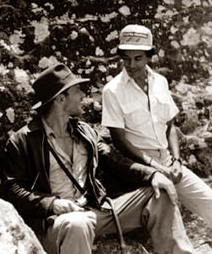
2. **From Bellhop to Carpenter: The Early Hollywood Rejections and a Resourceful Pivot**Upon arriving in Los Angeles in 1964, Harrison Ford signed with Columbia Pictures’ new talent program. His first known role was an uncredited stint as a bellhop in *Dead Heat on a Merry-Go-Round* (1966). Yet, this initial foray was short-lived and marked by a memorable clash. As one anecdote recounts, producer Jerry Tokofsky contrasted Ford with Tony Curtis, saying he couldn’t tell Ford was a movie star when he delivered groceries. Ford’s quick retort—that a talented actor would deliver them like a bellhop—led to his swift dismissal.
This blunt encounter and subsequent firing might have crushed a lesser spirit. Dissatisfied with minor roles and with a growing family to support, Ford made a pragmatic yet audacious decision: he became a self-taught professional carpenter. This demonstrated his grounded nature and remarkable versatility, proving he wasn’t afraid to step away from Hollywood’s allure. His clients included prominent writers Joan Didion and John Gregory Dunne, building a life outside the fickle film industry.
This resourceful pivot from struggling actor to skilled craftsman is a crucial chapter. It illustrates that his legendary career wasn’t handed to him; it was earned through perseverance, a willingness to redefine success on his own terms, and an unwavering belief in himself. Even when industry executives saw “no future” for him, Ford patiently awaited the right opportunity, always prioritizing his family’s needs.
3. **The Accidental Icon: How Line Readings Led to Han Solo**The role that would catapult Harrison Ford to global superstardom—Han Solo in *Star Wars* (1977)—came about through a remarkably circuitous and almost accidental path. Following his work in George Lucas’s *American Graffiti* (1973), Ford had a relationship with the director. However, when Lucas was casting for his epic space opera, he initially had no intention of casting Ford in a leading role, instead hiring him simply to read lines with actors auditioning for various parts.
It was during these seemingly mundane line readings that Ford’s undeniable talent shone through, quietly captivating Lucas. As Ford read through dialogue with countless hopefuls, his delivery, presence, and distinct interpretation began to stand out. Lucas, initially hesitant to cast Ford again, found himself increasingly impressed by Ford’s ability to imbue even simple dialogue with personality and depth, ultimately reconsidering his reservations.
This serendipitous turn led Lucas to cast Ford as the charismatic smuggler, Han Solo. The decision was a stroke of genius, and *Star Wars* became one of the most successful films of all time. Ford, alongside Mark Hamill and Carrie Fisher, achieved widespread recognition, transforming from a working carpenter into an international sensation. This “accidental” breakthrough wasn’t just a turning point for Ford, but a pivotal moment in cinematic history.
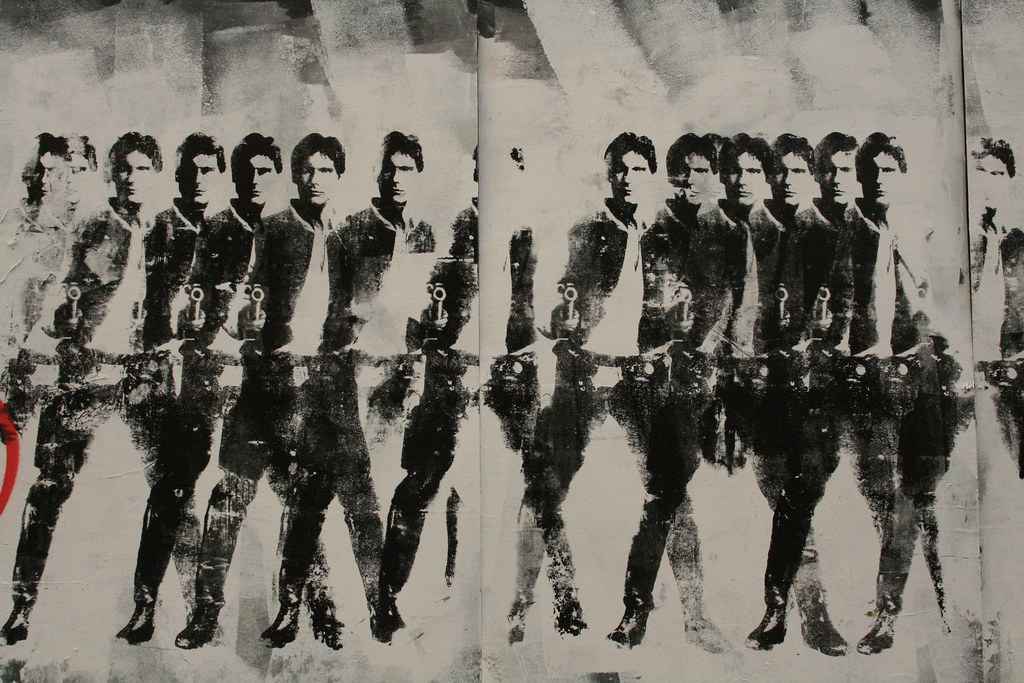
4. **A Star’s Artistic Dissent: Harrison Ford’s Vision for Han Solo’s End**Even as his career soared to unprecedented heights with the *Star Wars* franchise, Harrison Ford demonstrated a fierce artistic independence and a clear vision for his characters. A particularly revealing incident occurred during the production of *Return of the Jedi* (1983). By this point, Han Solo was a beloved character, yet Ford himself harbored a distinct desire for his iconic character’s story to conclude in a dramatically different, and arguably more impactful, way.
Ford wanted George Lucas to kill off Han Solo at the end of *Return of the Jedi*. His reasoning was rooted in a belief that such a sacrifice would provide greater emotional weight and resonance to the entire film. He famously articulated his perspective, stating, “That would have given the whole film a bottom.” This was a deeply considered artistic proposition from an actor intimately connected to his role, seeking to imbue it with maximum narrative significance.
However, despite Ford’s compelling argument, George Lucas ultimately refused to grant his wish. This highlights the inherent tension between an actor’s artistic integrity and a franchise’s broader commercial demands. This incident offers a fascinating glimpse into Ford’s approach to his craft, revealing an actor who deeply considers the arc and impact of his characters, even when contrary to popular sentiment or directorial plans.
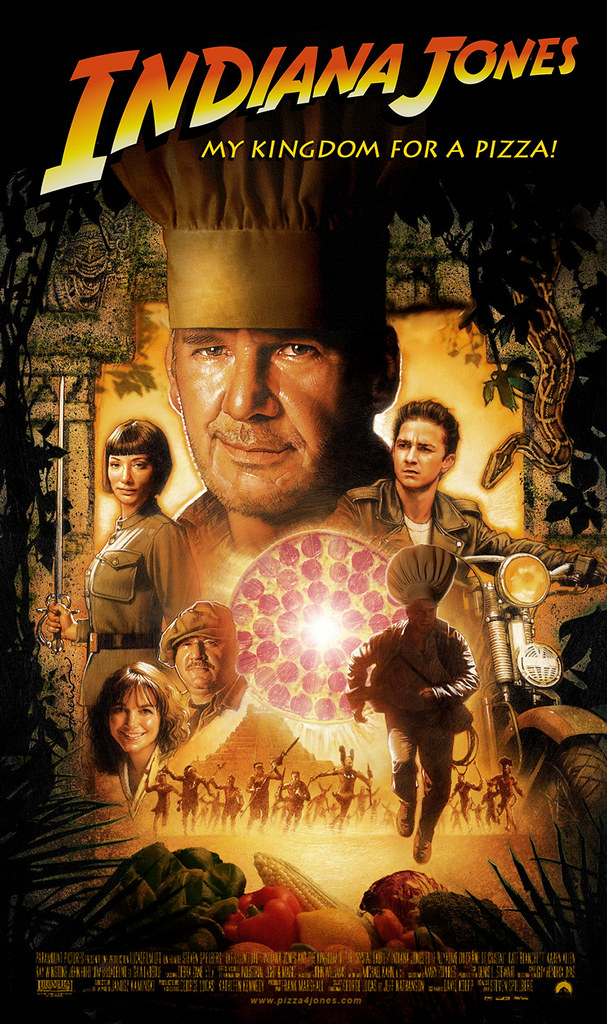
5. **The Physical Price of Adventure: On-Set Injuries While Becoming Indiana Jones**Harrison Ford’s status as a leading action star was cemented with the *Indiana Jones* franchise, beginning with *Raiders of the Lost Ark* (1981). His portrayal of the globe-trotting archaeologist redefined the genre, but it wasn’t without very real physical costs. Ford famously performed many of his own stunts, imbuing Indiana Jones with authenticity. This commitment, however, often led to significant on-set challenges and injuries, proving that even cinematic heroes are subject to the rigors of physical demand.
One of the most notable incidents occurred during the June 1983 filming of *Indiana Jones and the Temple of Doom* in London. While immersed in demanding physical sequences, the 40-year-old actor suffered a herniated disc in his back. This severe injury necessitated an immediate halt to his participation. Ford was forced to fly back to Los Angeles for surgery, a significant interruption for a high-profile production.
Despite the pain and disruption, Ford’s dedication to the role was unwavering. He returned to the set a mere six weeks later, ready to continue portraying the intrepid adventurer. This rapid return, while a testament to his resilience, underscores the intense pressure and physical sacrifices demanded of actors in such physically demanding roles, cementing his legendary status.
Having journeyed through the genesis of Harrison Ford’s on-screen persona, from his early struggles to his accidental triumphs, we now turn our gaze beyond the fedoras and blaster pistols. Ford’s life is a rich tapestry woven with threads of deep personal passions, unwavering commitments to causes, and real-world adventures that often echo the daring escapades of his most famous characters. Prepare to uncover the facets of the man behind the legend, exploring his pivotal choices, his profound commitment to flight and the environment, and the surprising challenges he’s navigated outside the cinematic spotlight.
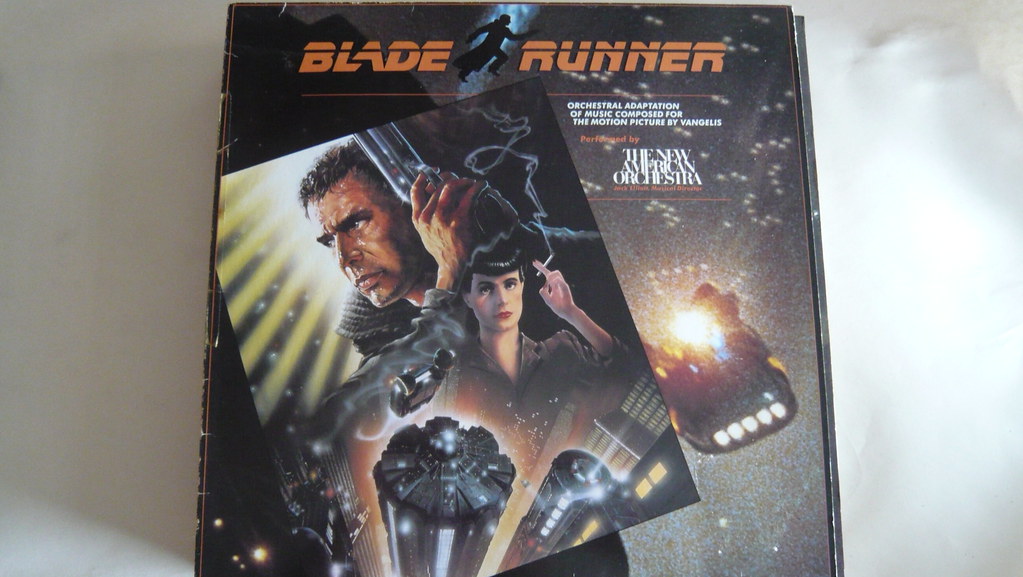
6. **The Blade Runner Conundrum: Artistic Disagreements and Cult Status**While *Star Wars* and *Indiana Jones* rocketed Harrison Ford to global fame, his role as Rick Deckard in Ridley Scott’s dystopian science-fiction film *Blade Runner* (1982) offered a different kind of challenge, one steeped in artistic friction and a quest for deeper meaning. The film, a visual masterpiece, initially struggled at the box office but would later ascend to the revered status of a cult classic, celebrated for its profound themes and groundbreaking visuals. Yet, for Ford, the journey to bringing Deckard to life was famously complex.
He later recalled to *Vanity Fair*, “It was a long slog. I didn’t really find it that physically difficult—I thought it was mentally difficult.” This mental struggle was compounded by a notable artistic clash with director Ridley Scott, as they held fundamentally differing views on the very nature of his character, Deckard. These disagreements, surprisingly, have persisted for decades, illustrating the intense creative debates that can shape cinematic history.
Despite these on-set tensions and the film’s initial lukewarm reception, Ford’s performance in *Blade Runner* is now considered one of his most iconic and highly regarded. It showcased a profound versatility beyond his action-hero roles, proving his ability to inhabit complex, morally ambiguous characters. The film’s eventual cult status serves as a fascinating testament to how artistic risks, even those born from conflict, can ultimately redefine cinematic genres and cement an actor’s legacy.
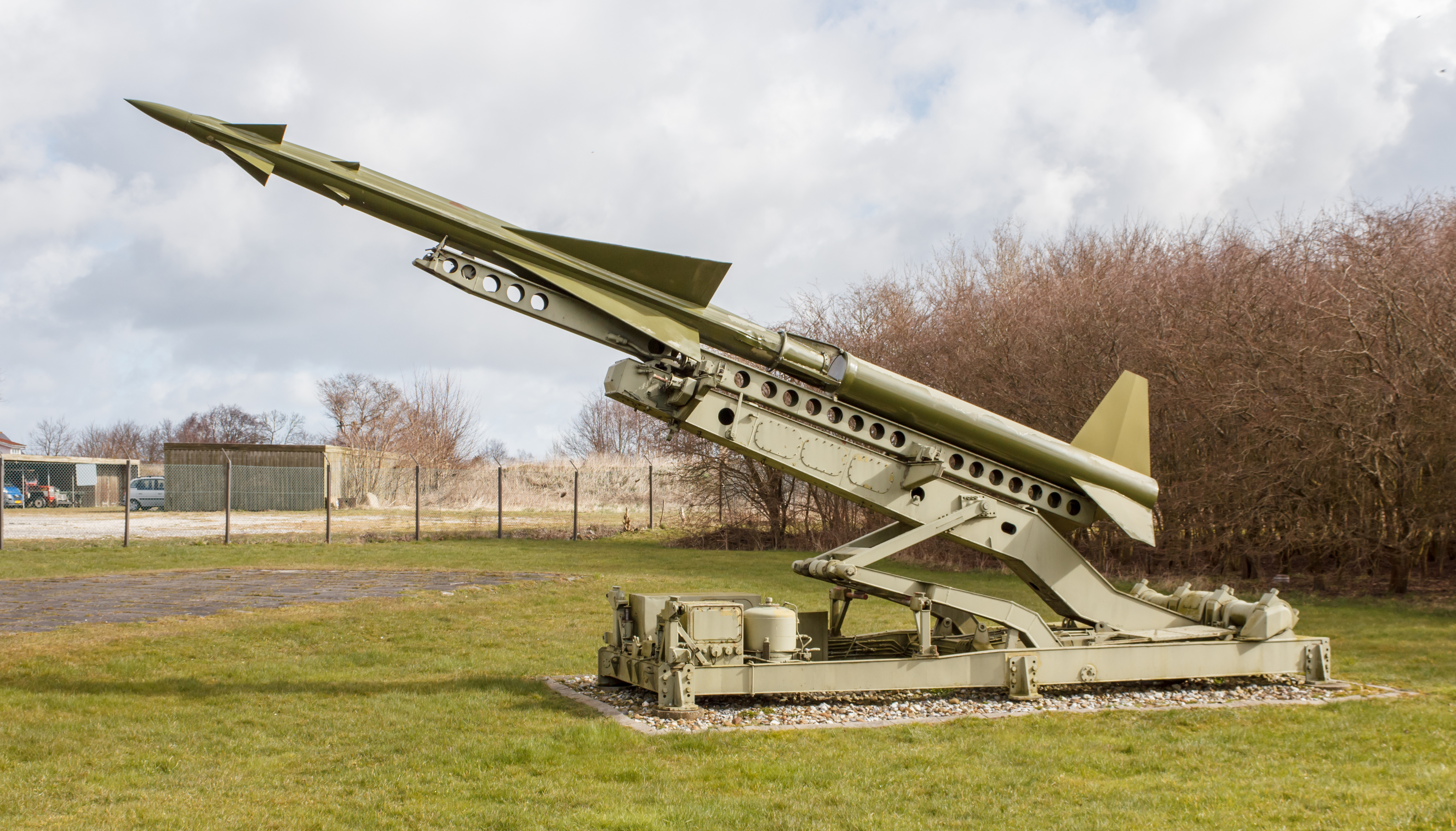
7. **The Aviator’s Heart: Harrison Ford’s Life-Saving Flights and Passion for the Skies**Beyond the silver screen, Harrison Ford trades iconic hats for a pilot’s headset, revealing a deep, decades-long passion for aviation that extends far beyond mere hobby. He isn’t just a licensed pilot of both fixed-wing aircraft and helicopters; he’s a true unsung hero, frequently lending his aerial expertise to assist emergency services in daring rescue missions near his Wyoming home, proving his real-world capabilities are as impressive as any movie stunt.
His acts of heroism are legendary in their own right. In 2000, Ford piloted an EMT to a 20-year-old hiker suffering from dehydration on Table Mountain, providing crucial aid. The following year, his helicopter was flagged down by a lost 13-year-old Boy Scout near Yellowstone National Park, showcasing his readiness to respond. One particularly memorable anecdote involved a rescued hiker who, unaware of her pilot’s identity, famously declared, “I can’t believe I barfed in Harrison Ford’s helicopter!” a moment that perfectly captures the unexpected intersections of celebrity and real-life heroics.
Ford’s journey into the skies wasn’t always smooth sailing. He began flight training in the 1960s, but at $15 an hour, he simply couldn’t afford to continue. It wasn’t until the mid-1990s, after buying a used Gulfstream II, that he resumed lessons, eventually achieving his first solo flight in a Cessna 206. He often flies his de Havilland Canada DHC-2 Beaver, fondly noting its distinct sound and sharing that this particular aircraft had a storied past, flown in the CIA’s Air America operations and “riddled with bullet holes that had to be patched up.”
His commitment to aviation also extends to future generations. From 2004 to 2009, Ford chaired the Experimental Aircraft Association (EAA)’s Young Eagles program, inspiring youth to pursue aviation. During his tenure, he personally flew over 280 children and, in 2016, flew the two millionth Young Eagle, marking a historic milestone for the program. He actively champions pilots’ rights, appearing in advertisements for the Aircraft Owners and Pilots Association (AOPA) and making trips to Washington, D.C., to advocate for the aviation community, further solidifying his dedication to the world above the clouds.

8. **Championing the Planet: Harrison Ford’s Decades of Environmental Activism**Harrison Ford’s influence isn’t confined to the cinematic universe; he is also a formidable force in the battle to protect our planet. His profound commitment to environmental activism is a cornerstone of his life beyond acting, cementing his legacy as a vocal and tireless advocate for conservation. Since 1991, Ford has served as the inaugural vice chair of Conservation International, an American nonprofit dedicated to protecting nature, demonstrating a long-standing and unwavering dedication to ecological preservation.
His efforts extend to numerous high-profile initiatives. Ford has lent his distinctive voice to a series of public service messages for EarthShare since 1992, promoting environmental involvement, and acts as a spokesperson for Restore Hetch Hetchy, advocating for the restoration of Yosemite National Park’s valley. His work in the documentary series *Years of Living Dangerously*, which reports on the human impact of climate change, further highlights his dedication. In a unique testament to his impact, two species have been named in his honor: the spider *Calponia harrisonfordi* in 1993, and the ant species *Pheidole harrisonfordi* in 2002, followed by the Peruvian snake species *Tachymenoides harrisonfordi* in 2023, acknowledging his significant contributions to conservation.
One notable incident showcased Ford’s direct and fearless approach to environmental issues. In September 2013, while filming an environmental documentary in Indonesia, he interviewed the Indonesian Forestry Minister, Zulkifli Hasan. The interview, which reportedly concerned the Tesso Nilo National Park in Sumatra, led to accusations from Indonesian officials that Ford and his crew were “harassing state institutions” and publicly threatened them with deportation. It was alleged that the minister had no prior warning of the nature of Ford’s questions, nor an opportunity to explain the difficulties of apprehending illegal loggers.
Undeterred, Ford swiftly secured an audience with the Indonesian President, Susilo Bambang Yudhoyono. During this meeting, he forthrightly expressed his concerns regarding Indonesia’s severe environmental degradation and pressed the government on its efforts to address climate change. In response, the President affirmed Indonesia’s commitment to preserving its vital oceans and forests, underscoring the weight Ford’s presence and advocacy carried on the global stage.
His impassioned plea at the United Nations’ Climate Action Summit in New York in 2019 further exemplified his fierce dedication. Addressing the catastrophic destruction of the Amazon rainforest and its global climate impact, Ford urged his audience to listen to the “angry young people” striving to make a difference. He powerfully emphasized, “The most important thing we can do for them is to get the hell out of their way,” a call to action that resonated deeply, urging immediate and decisive steps toward climate justice.
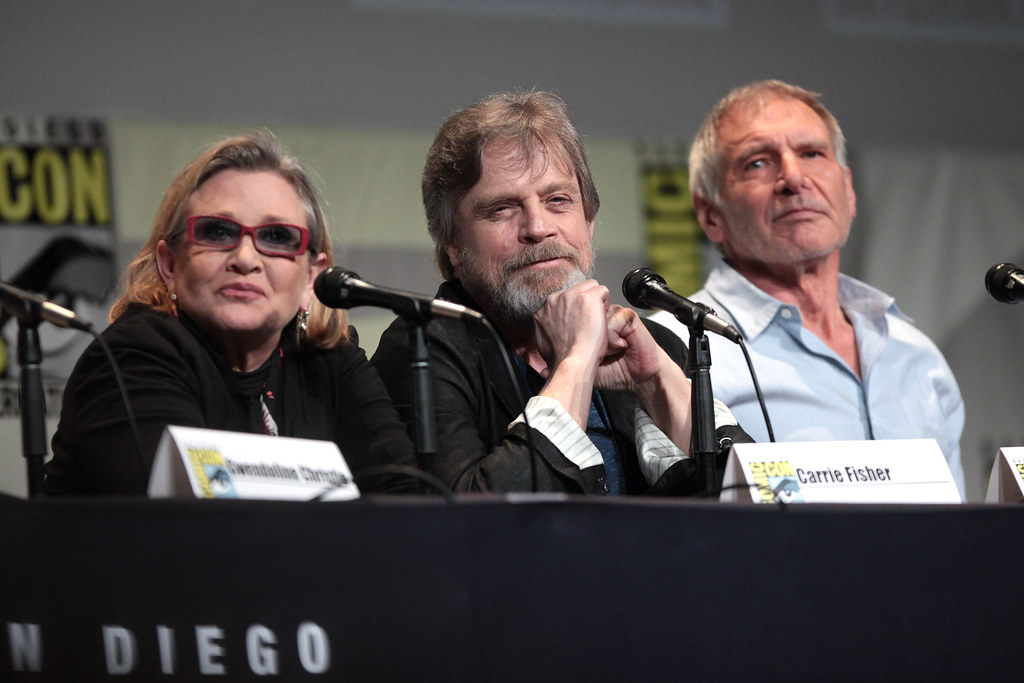
9. **Beyond the Screen: Navigating Hollywood’s Shifting Sands with Strategic Role Choices**Harrison Ford’s career is a masterclass in strategic navigation, marked by crucial decisions regarding major roles that shaped not only his trajectory but also, at times, the very landscape of Hollywood. His willingness to take on new challenges and make bold choices, even when controversial, has been a defining characteristic. This was evident when he stepped into the shoes of CIA analyst Jack Ryan for *Patriot Games* (1992) and *Clear and Present Danger* (1994), taking over the role from Alec Baldwin, a move that reportedly led to “long-lasting resentment” from Baldwin, who believed Ford had negotiated with Paramount behind his back.
Ford also demonstrated a discerning eye for material, sometimes opting to pass on roles that didn’t fully resonate with him. He famously declined the chance to star in the thriller *Syriana* (2004), a decision he later admitted might have been a “mistake” because he “didn’t feel strongly enough about the truth of the material.” Before that, he passed on Robert Wakefield in *Traffic*, a role that ultimately earned George Clooney an Oscar and Golden Globe. These choices highlight an actor prioritizing conviction and depth in his work, even when it meant foregoing potential accolades.
Yet, when a role truly captured his imagination, Ford committed himself entirely, often undergoing remarkable transformations. His portrayal of Branch Rickey in the baseball biopic *42* (2013) is a prime example. Initially, director Brian Helgeland was hesitant to cast Ford, seeking a character actor. However, Ford’s persistence and dedication, including extensive research, wearing a fat suit, prosthetics, and mastering Rickey’s distinctive voice and mannerisms, won Helgeland over. Ford’s meticulous approach, studying recordings from the Baseball Hall of Fame and working with a voice coach, paid off handsomely, earning him a Satellite Awards nomination and, in his own words, becoming one of the roles he is “most proud of.”
More recently, Ford has embraced the evolving media landscape, making a significant pivot to television. In a testament to his trust in creators and his “abhorrence of boring situations,” he accepted leading roles in both the Paramount+ western drama *1923* (2022) and the Apple TV+ comedy series *Shrinking* (2023) without even having a script at the time. Both series premiered to widespread positive reviews, with Ford receiving significant praise for his performances and earning multiple award nominations, proving his enduring ability to captivate audiences across any medium.
Read more about: Beyond the Blockbusters: Unpacking the Real Reasons Why Vince Vaughn’s Hollywood Presence Shifted
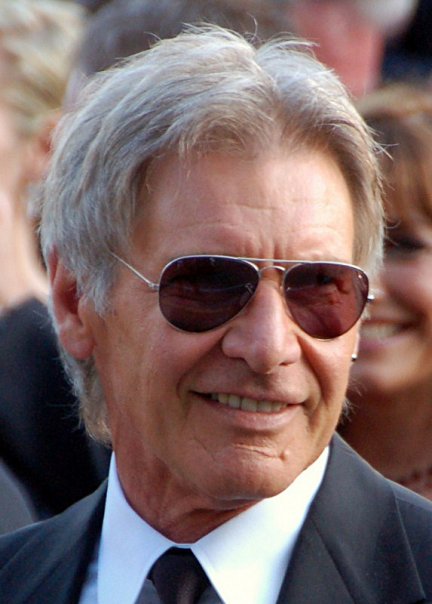
10. **Close Calls in the Air: Harrison Ford’s Real-Life Incidents and Unflappable Spirit**For a man who has famously dodged booby traps and outrun rolling boulders on screen, Harrison Ford’s real-life adventures often proved just as thrilling, particularly when he was at the controls of an aircraft. His passion for flying has, on several occasions, led to harrowing close calls, showcasing his undeniable adventurous spirit and remarkable resilience in the face of unexpected danger, a quality that mirrors his most beloved characters.
One such incident occurred on October 23, 1999, when Ford was piloting a Bell 206L4 LongRanger helicopter during a routine training flight over the Lake Piru riverbed in California. While attempting his second autorotation with powered recovery—a demanding maneuver designed to simulate engine failure—the aircraft failed to recover power after a sudden drop in altitude. The helicopter landed hard, skidded forward in loose gravel, and ultimately flipped onto its side. Miraculously, neither Ford nor his instructor pilot sustained any injuries, although the helicopter was seriously damaged.
Another terrifying moment unfolded on March 5, 2015, when Ford’s vintage Ryan PT-22 Recruit plane suffered engine power loss. Faced with an emergency, he executed a forced landing on the Penmar Golf Course in Venice, California. The impact left him with significant injuries, including a broken pelvis and a broken ankle, requiring hospitalization. Yet, true to his tenacious character, Ford made a full recovery, proving that even real-life heroes are not immune to the physical tolls of daring escapades.
His aviation mishaps continued, albeit with less severe consequences, showcasing the ever-present risks of flying. On February 13, 2017, while piloting an Aviat Husky at John Wayne Airport in Orange County, California, Ford mistakenly landed on a taxiway instead of the designated runway, inadvertently overflying a Boeing 737 that was holding short. This incident, while concerning, highlighted the complexities of air traffic control and the potential for miscommunication even among experienced pilots.
Further compounding his list of aerial incidents, on April 24, 2020, at the Los Angeles Hawthorne Airport, Ford again found himself in a challenging situation. While piloting his Husky, he crossed a runway where another aircraft was in the process of landing. Although the FAA stated the two planes were approximately 3,600 feet apart, avoiding any immediate danger, a representative for Ford later clarified that he had simply “misheard” an instruction from air traffic control. These incidents, though fraught with danger, undeniably underscore the adventurous life Ford leads, an existence where the line between cinematic hero and real-world adventurer frequently blurs.
From his steadfast commitment to conservation to his intrepid flights above the clouds, Harrison Ford’s life is a masterclass in living with purpose and passion. He is not merely an actor who portrays heroes; he embodies the spirit of one in his tireless advocacy, his acts of service, and his relentless pursuit of knowledge and adventure. Whether he’s navigating a complex role, championing the environment, or piloting a daring rescue, Ford consistently demonstrates that true greatness extends far beyond the confines of a movie screen, proving that the most compelling stories often unfold in the extraordinary tapestry of real life.

